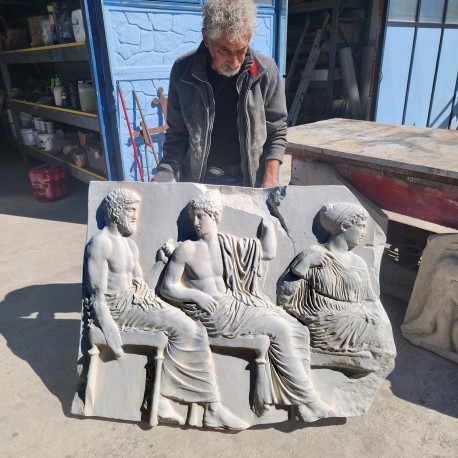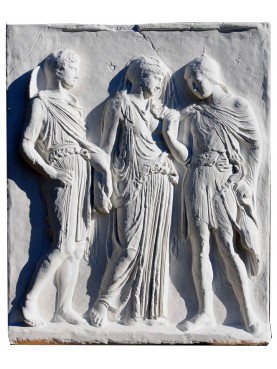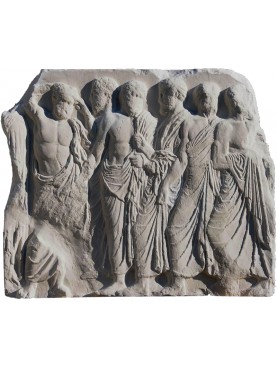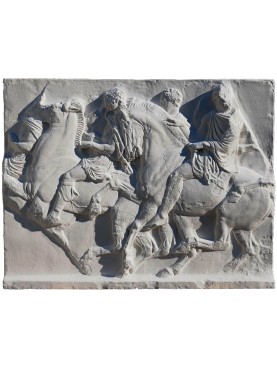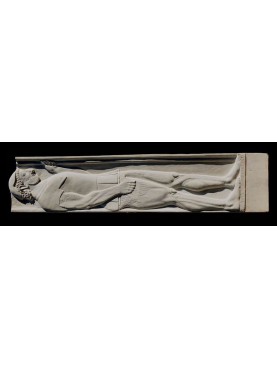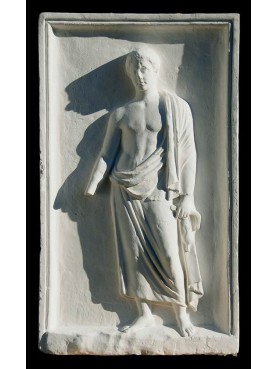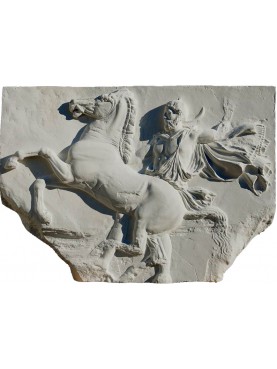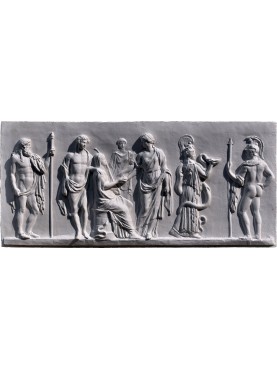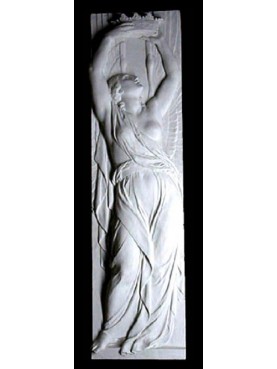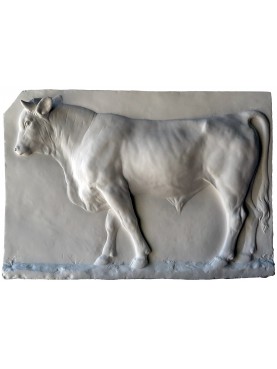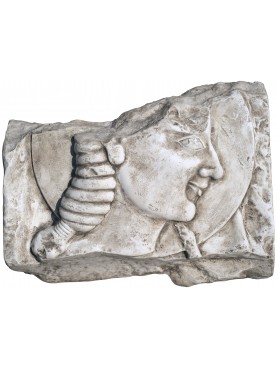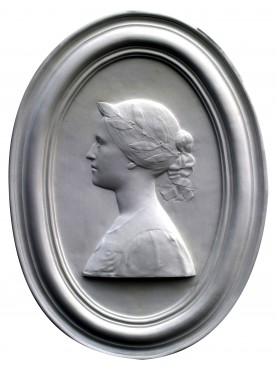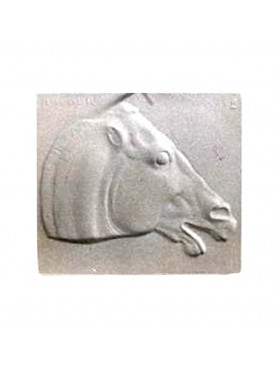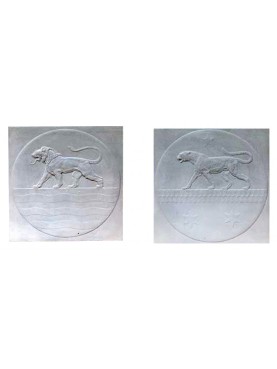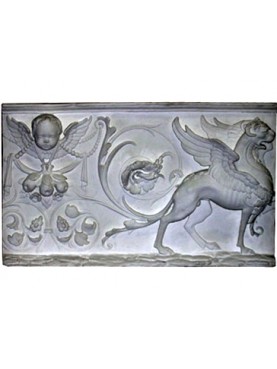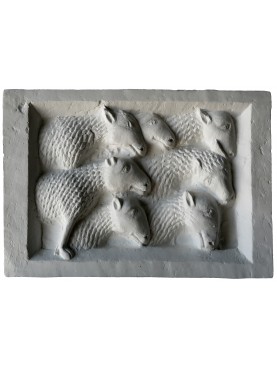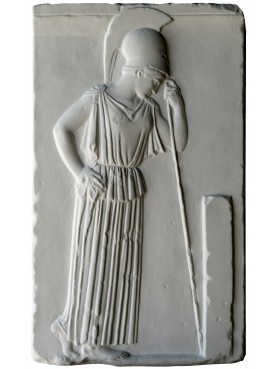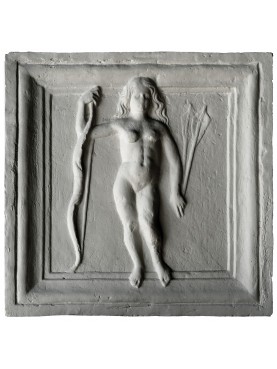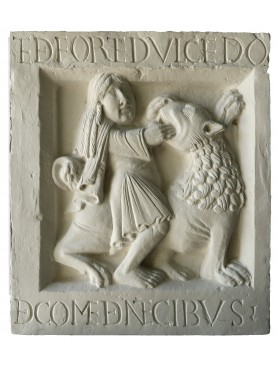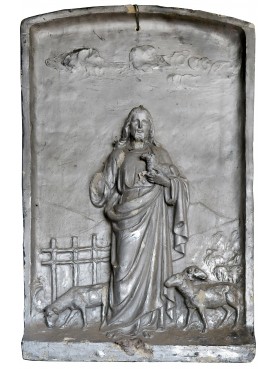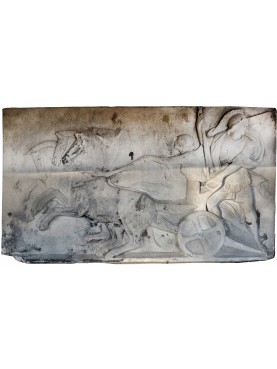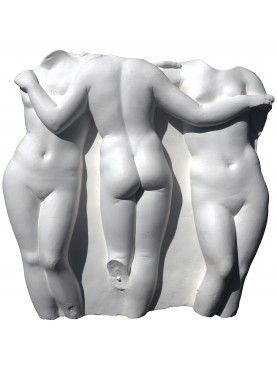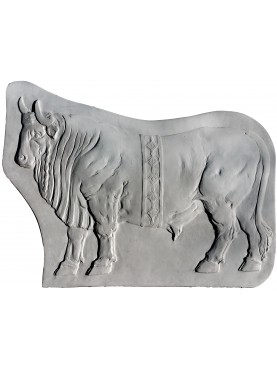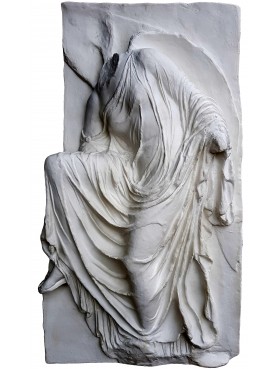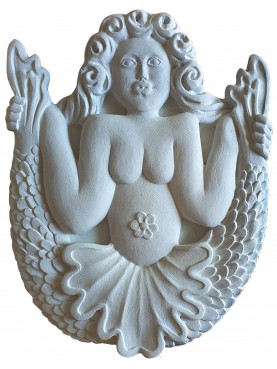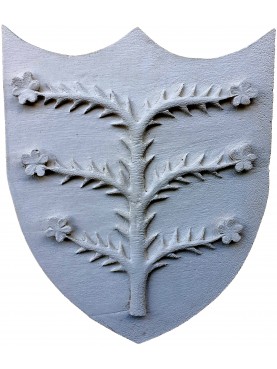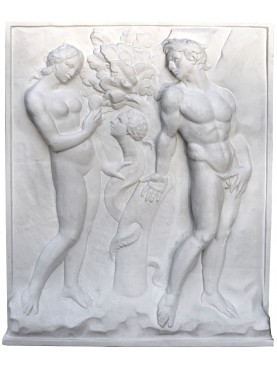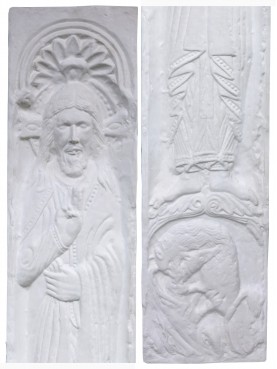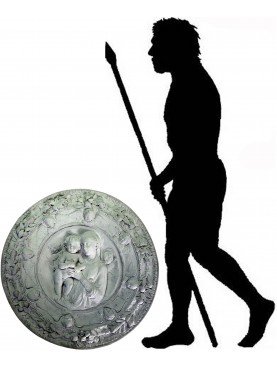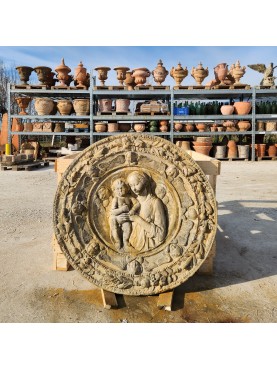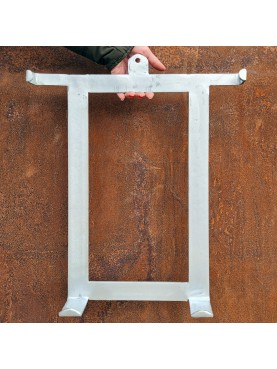Athens Metope
Athens Metope
5980
New
Data sheet
| Height | 41.73 in | 106 cm |
| Width | 51.57 in | 131 cm |
| Thickness | 3.94 in | 10 cm |
| Weight | 66.14 lbs | 30 Kg |
| Material | plaster chalk | |
| Note 01 | 1:1 reproduction like the original |
More info
The Parthenon metopes are the marble sculptural panels originally located on the exterior walls of the Parthenon in Athens, of which they formed part of the frieze.
Originally there were ninety-two: thirty-two on each of the north and south sides and fourteen on each of the main facades of the temple, facing east and west.
The subjects represented are different, and, together with the Ionic pediments and the statue of Athena Parthenos contained inside the Parthenon, they constituted a unitary program of sculptural decoration, a famous example of classical Greek high relief.
The set of all the metopes reached a total length of about one hundred and sixty meters; of these, eighty are now on display at the Acropolis Museum in Athens, where they were transported in 2005 to protect them from degradation. Fifty meters of the frieze are now part of the collections of the British Museum, constituting the main part of the so-called Elgin Marbles. The remaining thirty meters were destroyed during the Venetian siege of Athens in 1687. The Parthenon was then used as a gunpowder warehouse and a Venetian bombardment caused it to explode, damaging the building and its precious sculptures.
There is an international controversy over the metopes preserved in the British Museum: the question concerns their future location: leave them where they are or return them to the place for which they were designed?
Some fragments have already been returned, including the one preserved in Palermo, those from the Vatican, the Paul Getty Museum in Los Angeles and the Shelby White collection in New York.
Eastern metopes
The fourteen eastern metopes were located at the main entrance. They represented the final stages of the cosmogonic battle between the Olympians and the Giants (Gigantomachy). The fight develops around the central figure of Zeus (panel nº 8), followed by his chariot driven by Hera (panel nº 7). His brother Poseidon with his chariot is shown nearby (panel nº 6) traveling along the island of Nisyros passing over the defeated giant Polybotes. Although the figure of Hercules has not yet been identified from the remaining fragments, it is almost certain that the hero, whose contribution to the victory of the Olympian gods was significant, was present in the metopes. The happy outcome of the battle is described in the scene of Helios (god of the sun) and his chariot passing in the night (panel nº 14), a new era was about to begin. The eastern metopes are in very poor condition, and the identification of most of the figures is uncertain at best.
Southern metopes
The metopes on the south wall (panels 1–12 and 21–32) illustrate the battle of the Lapiths against the centaurs, also known as the centauromachy, in which the mythological Athenian king Theseus took part. The battle broke out during the wedding celebrations of the king of the Lapiths and personal friend of Theseus, Pirithous. According to one version of the myth, the Centaurs, offended at having been excluded from the celebration, attacked the lapiths, while according to another version, during the festival the drunken Centaurs reacted violently under the influence of wine. The result was a fierce fight between Centaurs and Lapiths to prevent the former from taking advantage of the latter's women.
The centaurs have animal-like faces whose designs strongly recall theatrical masks. They are shown wearing animal skins and armed with tree branches. For their part, the Lapiths fight naked or wearing a chlamys, many of them hold a sword or a spear, which made of metal, have been lost, while in some cases, the Lapiths use shields to protect themselves.
There is a tendency to recognize the groom Pirithous on metope 11 and the bride Deidamia on 25, but there is no conclusive evidence for these identifications. On metope 29, the characteristics of the mature classical style can be identified on the face and dress of the Lapita woman.
The presence of household utensils, such as hidrie (ceramic vessels with three handles used primarily for storing water), which are also used as improper weapons by fighters, indicates a battle fought at home. Some compositions are repeated, while the overall execution of the scenes is less ambitious than the initial plans. Contrary to the final result of the battle and the moral of the myth which emphasizes the superiority of the civilized world over the primordial disorder, the winners of this fearless struggle were the Centaurs and not the Lapiths. However, it is possible that the battle was still in its early stages.
In 1687, a cannonball hit the Parthenon during an attack on Athens by the Venetians. This event destroyed many metopes on the south side, especially the central ones. The existence of these metopes is now known only from Carrey's drawings made in 1674 and their remaining fragments. Their argument is not entirely clear as the metopes feature rare iconographic details. Some experts recognize the representation of Attic dynastic myths (the stories of the royal families of Cecrops and Erechtheus), while others, in an attempt to mythologically unify the aforementioned scenes with those of the centauromachy, propose an argument relating to the myths of the heroes of the centauromachy.
Western metopes
The subject of Western metopes is the legendary invasion of Athens by the Amazons (Amazonomachy). Scholars consider these metopes, showing Amazons in oriental dress, to be a reference to the Persian Wars.
Northern metopes
The metopes on the north wall describe the war of the Greeks against the Trojans (Iliou persis). These metopes often refer to the sack of Troy and describe the Trojan War. Only 24 of the original 32 metopes of the north wall have survived to this day and are exhibited in the Acropolis Museum in Athens.

